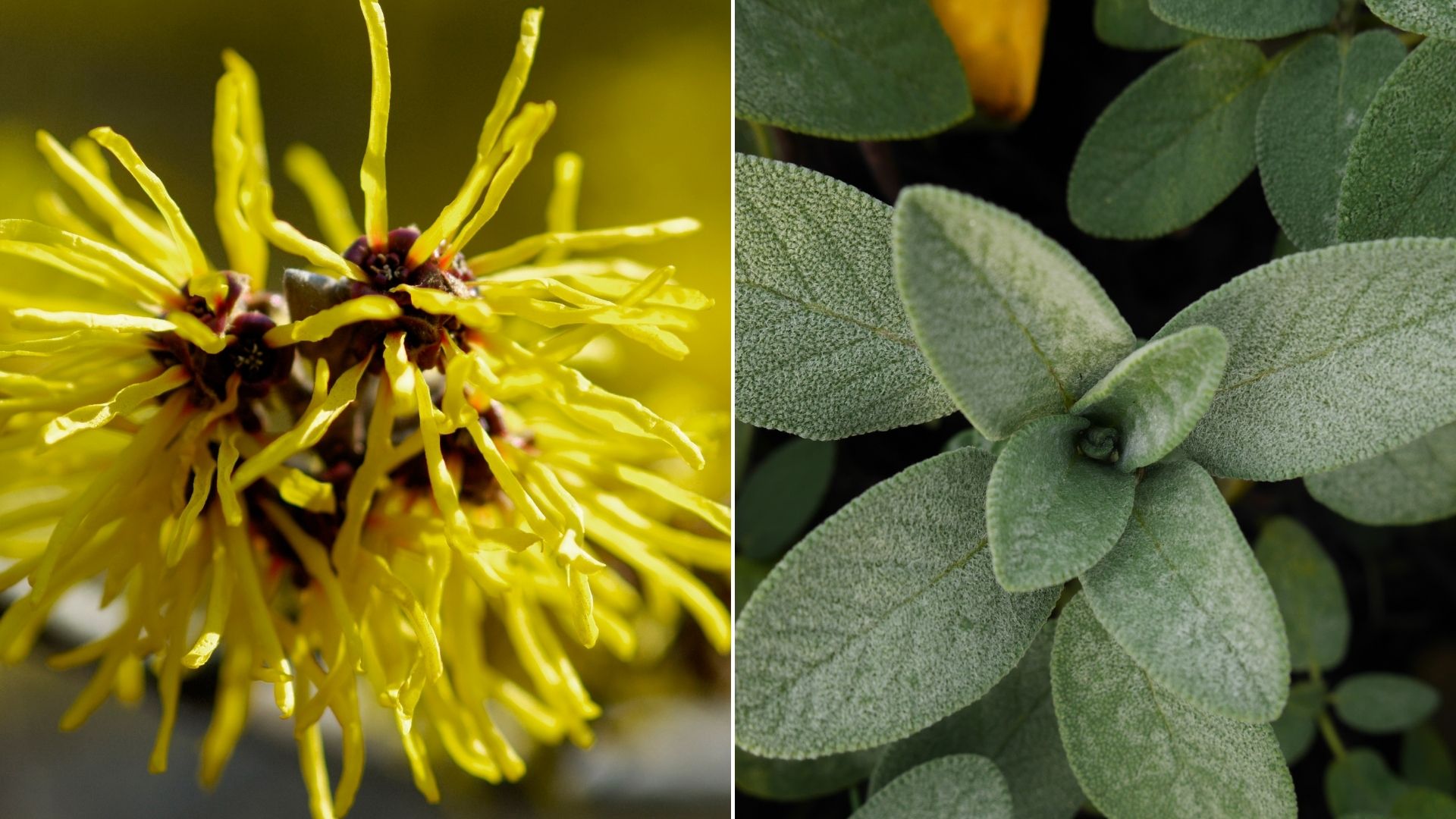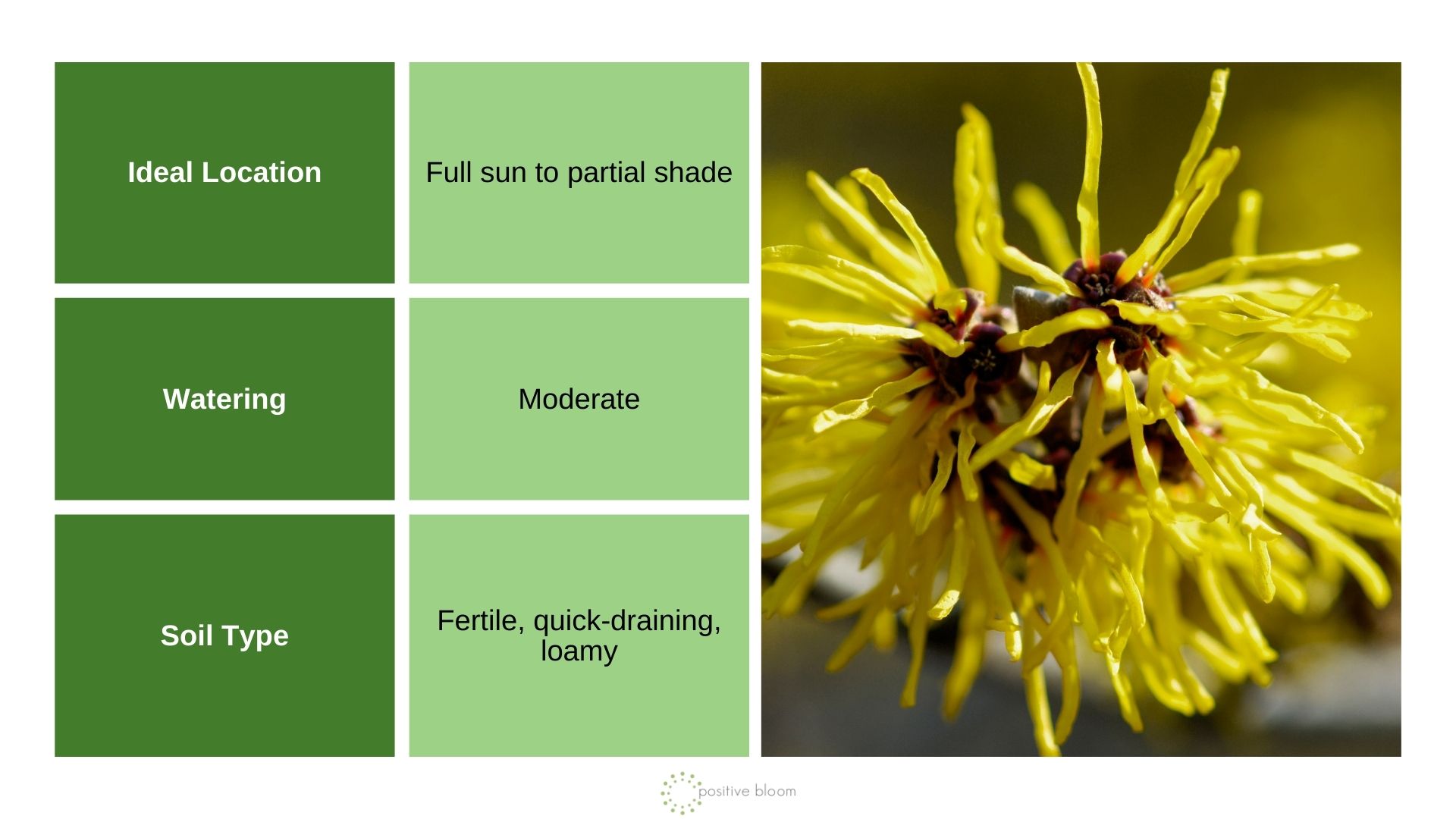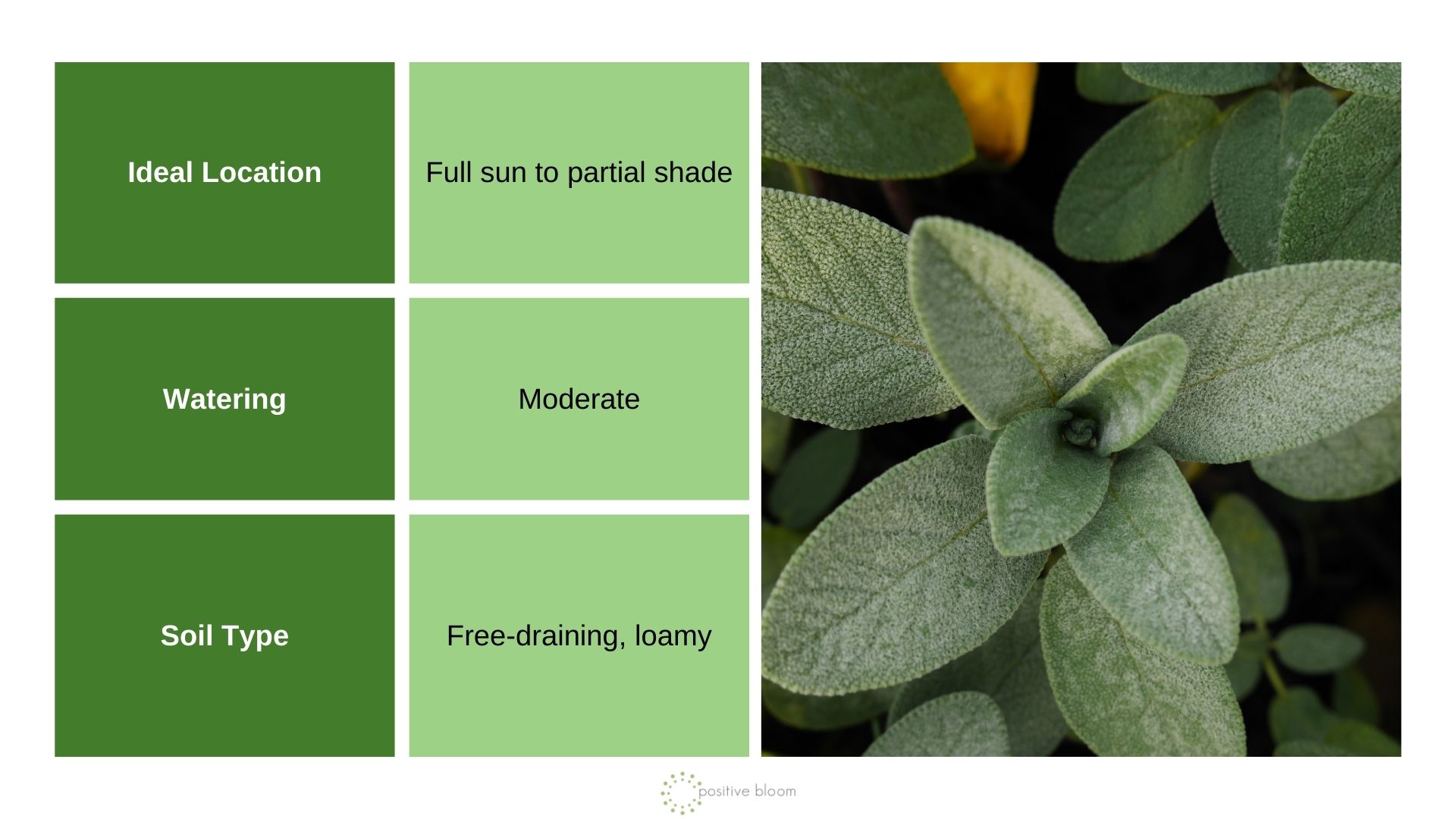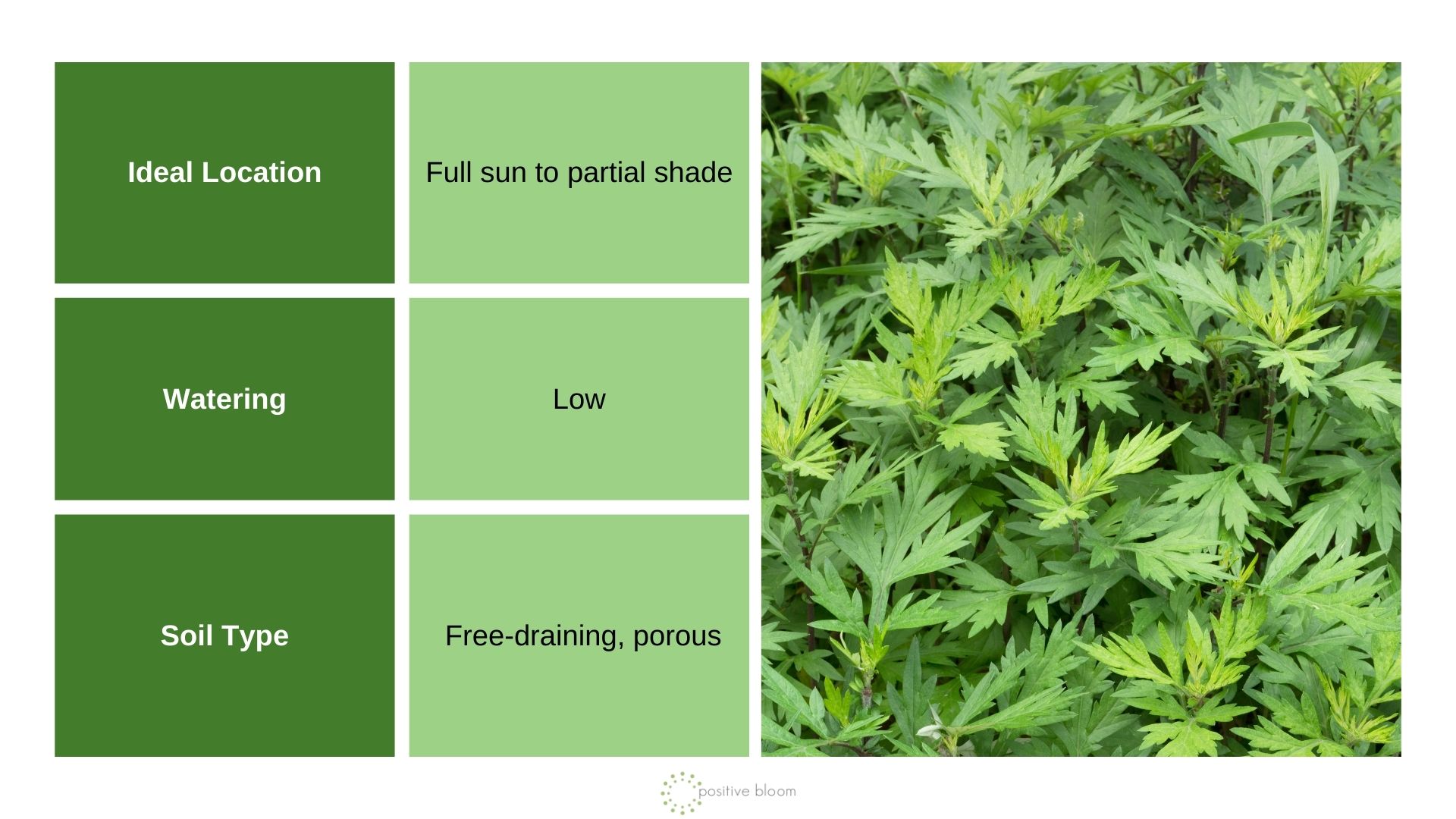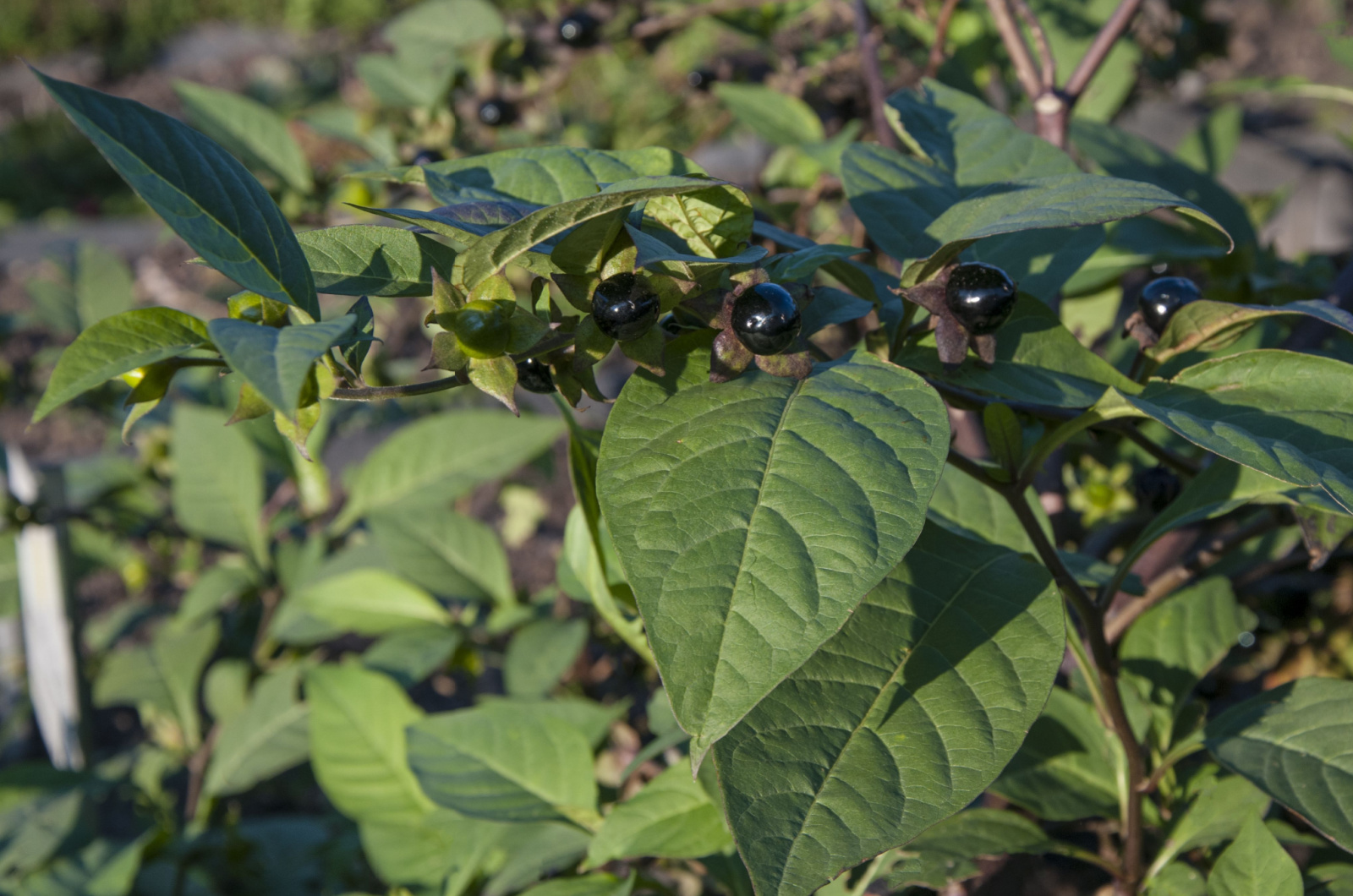Everyone has different associations when it comes to Halloween. Kids love the costumes and candy part, while some plan on spending the evening watching spooky movies.
Some go further and warn us that there should be a clear line between what one sees and what one feels.
Finally, we gardeners use this time to display our Halloween herb collections! Well, adding a spine-tingling touch to your outdoor decoration has never been easier.
All you need to do is grow these herbs for Halloween!
Witch Hazel
If you want to see the yellow blossoms of the Witch Hazel plant, you should plant it in the fall. This winter-flowering shrub needs cool temperatures to generate blossoms.
You can grow this fantastic plant in your garden beds, pots, or borders. As an added bonus, Witch Hazel emits a mild citrusy scent.
How To Grow And Use It
Witch Hazel isn’t finicky over its growing conditions. As long as you give it enough light and keep its soil consistently moist, it will reward you with its spider-like blossoms.
Generally speaking, the Witch Hazel plant isn’t susceptible to pests and diseases. However, you’ll need to watch out for notorious aphids and powdery mildew.
Native Americans commonly used this plant because of its healing properties. (1) The beneficial compounds are found in the bark, which is boiled into tea.
They used Witch Hazel to treat various conditions, such as irritated skin and inflamed tissue.
Nowadays, this plant is frequently used in the cosmetics industry; facial cleansers and aftershave lotions are just a few of the products that use Witch Hazel.,
Why So Spooky?
Here comes the best part! Not only does Witch Hazel have multiple health benefits, but there’s another thing it can heal: broken hearts. This belief is more popular in modern times and witches are supposed to use it to ward off evil.
Well, the story was a bit different in the past. Witch Hazel bark and foliage have been used to make drinks with the ability to enhance occult powers.
Another thing Witch Hazel was known for is its branches, which were used as divining rods. It was believed that they could locate underground water, which is the main reason why the plant was often referred to as devil’s tree.
Sage
One of the most popular Mediterranean natives, sage, is a herbaceous plant that comes back year after year.
It has a moderate growth rate and, if you meet its growing requirements, it can reach up to 2.5 feet tall and up to 3 feet wide.
Sage keeps displaying new growth throughout the late fall, so you can use it not only for Halloween but also for Thanksgiving.
How To Grow And Use It
Sage is frequently found in gardens and there are a few reasons for it. First, it has low care requirements, so you can have a flourishing plant even if you’re a beginner.
Second, sage is renowned for its earthy flavor and is commonly used in many culinary delights. This aromatic space makes an excellent addition to soups and meat seasonings.
It’s also a good idea to store your sage; simply dry your herb and add it to your favorite winter recipes.
Scientifically known as Salvia officinalis, sage has been a part of many cultures since ancient times. Romans, Greeks, Egyptians, and Native Americans often used this herb in healing rituals.
Sage has proven health benefits and can aid in the prevention of cancer, diabetes, and many other health issues. (2)
Why So Spooky?
Burning sage to ward off evil is actually a common practice even nowadays. This herb is one of the most popular spiritual plants and is thought to have cleansing, protective, and purifying properties.
In the past, Celtic druids were the ones who used the burning ritual most commonly, but Native Americans have a similar practice referred to as smudging. Burning sage is used to bless people and locations.
Mugwort
If you want to spice things up in your Halloween decorations, mugwort will do the best job. The mature plant can reach 6 feet tall and features grayish-green leaves and deep green stems with a touch of purple.
Don’t confuse mugwort for wormwood; the first has sharp leaf margins, whereas the latter has blunt ones.
How To Grow And Use It
Similarly to the other Halloween herbs on this list, mugwort doesn’t need much to thrive. But it’s important to mention that this plant has a few drawbacks.
The roots of this plant contain chemicals that are released into the soil after planting. These chemicals can have detrimental effects on the surrounding flora. If you can’t find a place in your garden to grow mugwort only, I highly recommend planting it in a container.
This actually makes it easier to decorate your porch; simply transfer the pot and you’re good to go.
Another drawback is that excess quantities of this herb may lead to gastric issues and pregnant women should never use it.
So, if you decide on using mugwort for medicinal or culinary purposes, please exercise caution.
Chinese people use this herb to improve circulation and increase blood flow. During this process, the herb is aged, dried, lit, and then held above the skin surface.
Some people use this plant in herbal infusions.
Why So Spooky?
This plant was sacred to the Aztecs and they believed it could ward off evil. Ancient Europeans, Chinese, and Japanese people also shared this belief about mugwort.
Witches were very fond of mugwort and commonly used them to enhance lucid dreaming and promote psychic powers.
Placing dried mugwort underneath your pillow was a common practice to encourage vivid dreams.
The One You Should Never Plant: Deadly Nightshade
Many recognize the deadly nightshade plant from the movie The Nightmare Before Christmas. Otherwise known as belladonna, deadly nightshade is one of the most mystical herbs you’ll find.
While it could give a spooky touch to your Halloween decorations, this isn’t a plant you should ever grow. It features deep green, oval-shaped, and pointy leaves that can grow up to 10 inches long.
It generates purple bell-shaped blossoms that look pretty delicate at first sight.
But the plant is anything but delicate. Each and every part of the belladonna is toxic to humans and pets. (3) Additionally, the plant spreads aggressively, so the most important thing is actually to learn how to identify and destroy it.
The Most Frightening Of Them All
Well, the name says it all. Deadly nightshade has a long and not-so-bright history. Its leaves and berries were used in the Middle Ages for making beauty products, something similar to what we call blush now.
Some went further and used belladonna to dilate their pupils. Well, things changed fast and the plant became popular again, but this time not in a good way.
Assassins chose the belladonna plant as their main weapon. As it always goes, word spread fast and deadly nightshade was characterized as the plant used in occultist potions of witches.
After consumption, the plant releases substances that can lead to confusion, paralysis, and sometimes even death in humans. So, yeah, belladonna aka deadly nightshade is a big no-no for Halloween decorations!
Herbs can indeed add a special touch of spookiness to your Halloween decor. However, be careful to choose ones that won’t harm you, your family, or your pets. Things shouldn’t end up like a spooky Halloween movie!
One more thing, prepare some garlic because you never know who might pay a visit and won’t be repelled by herbs alone 😉
References
1. Rd, R. a. M. (2023b, April 25). 8 Benefits and Uses of Witch Hazel. Healthline.
2. Hamidpour, M., Hamidpour, R., Hamidpour, S., & Shahlari, M. (2014). Chemistry, Pharmacology, and Medicinal Property of Sage (Salvia) to Prevent and Cure Illnesses such as Obesity, Diabetes, Depression, Dementia, Lupus, Autism, Heart Disease, and Cancer. Journal of Traditional and Complementary Medicine
3. Solanaceae: belladonna. (n.d.).

